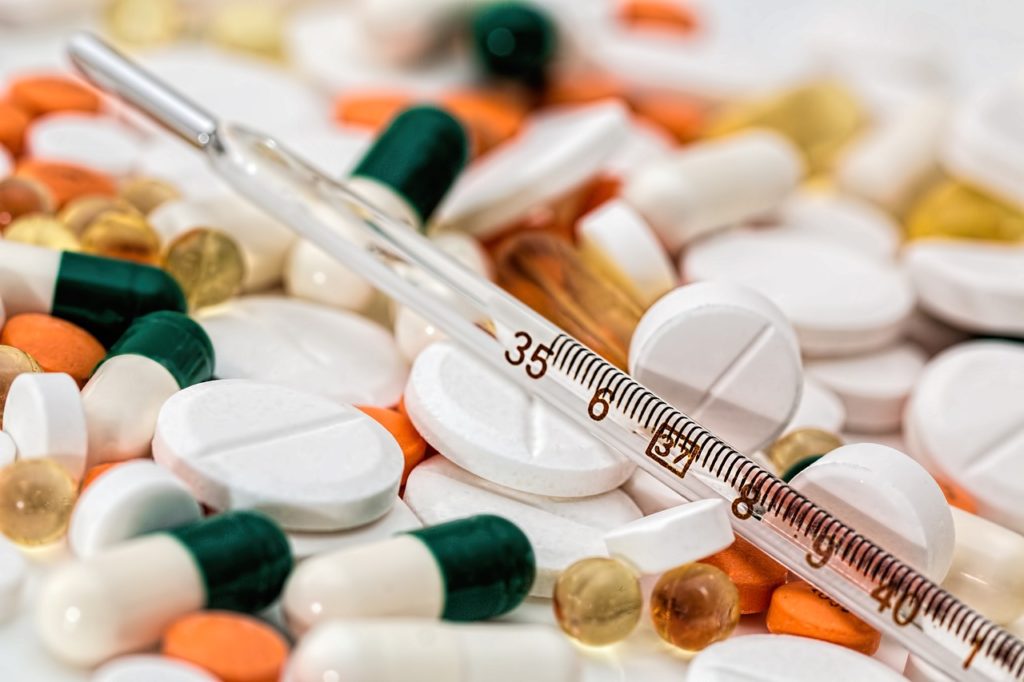 Pharmaceutical development is one of the most regulated industries in the world. Each new medication has to conform to strict guidelines in both development and manufacturing. Because the process is so complex, new drugs can take about a decade before reaching the market.
Pharmaceutical development is one of the most regulated industries in the world. Each new medication has to conform to strict guidelines in both development and manufacturing. Because the process is so complex, new drugs can take about a decade before reaching the market.
Here’s what’s involved in both the design and the production of a new medicine.
From discovery to approval
New medicines start when scientists identify key factors involved in a specific disease. Next, they test the impact of different chemical or biological interventions at important points in the pathway of disease progression. Once an effective drug compound is discovered, scientists then look for a version safe for human use.
After receiving positive results from lab studies, the pharmaceutical company will need to seek approval to start the process leading to clinical trials. In the United States, this involves submitting an Investigational New Drug (IND) application to the Food and Drug Administration (FDA).
Several stages of clinical trials then take place over several years in order to ensure that the new medicine is both safe and effective.
Once the company analyzes the results of the trials, the company then submits those results as part of its New Drug Application (NDA). After reviewing the NDA, the FDA will grant final approval for the new medicine to come to market.
From approval to production
Once a pharmaceutical company has permission to market its new medicine, it needs to make sure that its manufacturing process conforms to governmental safety regulations. The FDA, for example, monitors the manufacturing of medicines intended for the U.S. market to ensure compliance with the FDA’s Current Good Manufacturing Practice.
These guidelines cover everything from best practices for eliminating potential contaminants to the degree and type of records the company needs to keep. Regulations do not extend to specific types of equipment used in the manufacturing process.
For example, a company can choose a laboratory air mixer, depending on a compound’s volatility and viscosity. However, regulation governs both equipment disinfection and breakage in order to minimize the risk of contamination.
Regulation ensures safety and effectiveness
Bringing a new medicine to the marketplace is a complicated, drawn-out process that spans several years. However, consumers should take confidence in knowing that these regulations over the design and production of new medicines mean that companies are producing safe, effective drugs for the market.
Overall, you can rest assured that pharmaceutical companies do their best to make sure that your medication is safe and ready for your use. Making medication is definitely not an easy task, but with the help of a lot of hard workers they are able to get the job done.
Image from Pixabay
Kara Masterson
Latest posts by Kara Masterson (see all)
- Pharmaceutical Production: How Companies Design and Produce Medication - October 12, 2016
- The Spooky Holiday: 6 of the Very Best Things About Halloween - October 5, 2016
- 5 Unique Ideas to Give Your Home a Country Charm - September 19, 2016



